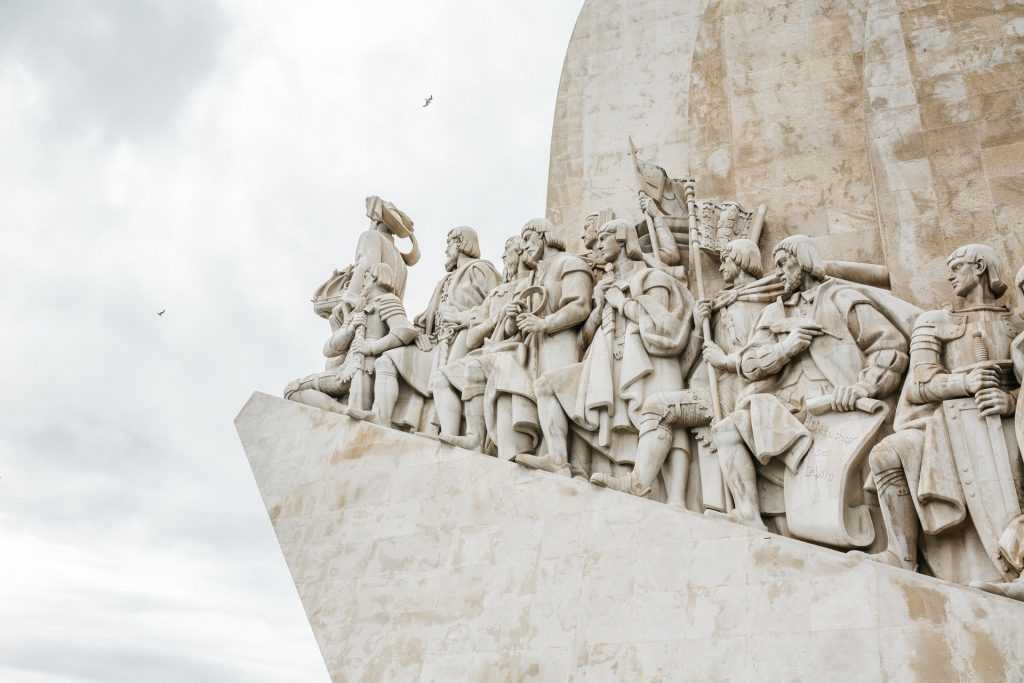Discovering Lisbon’s National Pantheon: A Historical Landmark
Lisbon, the vibrant capital of Portugal, is a city rich in history and culture. Among its many treasures, the National Pantheon stands out as a significant historical landmark. This magnificent building, with its stunning architecture and deep historical roots, offers visitors a glimpse into Portugal’s past and the lives of some of its most notable figures. Whether you’re a history enthusiast or simply looking to explore Lisbon’s cultural heritage, the National Pantheon is a must-visit destination.
A Brief History of the National Pantheon
The National Pantheon, also known as the Church of Santa Engrácia, has a fascinating history that dates back to the 16th century. Originally, it was a church dedicated to Saint Engrácia, a young martyr from Braga. The construction of the current building began in 1681, but due to various interruptions, it wasn’t completed until the 20th century. This long construction period gave rise to the Portuguese expression “Obras de Santa Engrácia,” which refers to something that takes an unusually long time to finish.
The building was eventually transformed into the National Pantheon in 1916, serving as the final resting place for some of Portugal’s most distinguished figures. Its role as a pantheon highlights its importance in Portuguese history, as it honors those who have made significant contributions to the nation.
Architectural Marvels of the Pantheon
The National Pantheon is a masterpiece of Baroque architecture, characterized by its grand dome and intricate details. Designed by the architect João Antunes, the building features a Greek cross layout, with a central dome that dominates the Lisbon skyline. The exterior is adorned with beautiful stonework and elegant sculptures, making it a striking sight from both near and afar.
Inside, the Pantheon is equally impressive. The vast interior is filled with natural light, highlighting the exquisite marble floors and ornate decorations. Visitors can admire the stunning altars, intricate carvings, and the impressive organ, which adds to the building’s grandeur. The dome itself is a marvel, offering breathtaking views of Lisbon from its terrace. Climbing to the top is a rewarding experience, providing a panoramic view of the city and the Tagus River.
Notable Figures and Their Legacy
The National Pantheon is not just an architectural wonder; it is also a place of remembrance for some of Portugal’s most influential figures. Among those interred here are presidents, writers, and cultural icons who have left a lasting impact on the nation.
One of the most famous figures buried in the Pantheon is Amália Rodrigues, the legendary fado singer known as the “Queen of Fado.” Her music and legacy continue to resonate with people around the world, and her tomb is a place of pilgrimage for fans and admirers.
Other notable figures include Manuel de Arriaga, the first President of Portugal, and Almeida Garrett, a prominent writer and playwright. Their contributions to Portuguese politics and literature are celebrated within the Pantheon’s walls, making it a place of reflection and inspiration.
Visiting the National Pantheon
For those planning a visit to the National Pantheon, there are a few practical tips to keep in mind. The Pantheon is located in the Alfama district, one of Lisbon’s oldest and most charming neighborhoods. It’s easily accessible by public transport, and the surrounding area is perfect for a leisurely stroll.
The Pantheon is open to visitors throughout the week, with a small entrance fee that helps maintain this historical site. Guided tours are available, offering deeper insights into the building’s history and the lives of those commemorated within its walls. Be sure to check the opening hours in advance, as they may vary depending on the season.
When visiting, take the time to explore the nearby attractions, such as the Feira da Ladra flea market and the São Vicente de Fora Monastery. These sites, along with the Pantheon, provide a rich tapestry of Lisbon’s history and culture.
